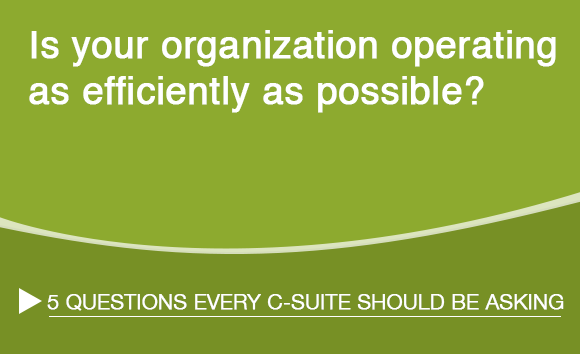- Solutions
- Accounting
- Additional Documentation Requests (ADRs) Management & Support
- Clinical Consulting
- EHR Implementation & Optimization
- Medicaid Eligibility
- Outsourced Contract Controller Services
- Outsourced Revenue Cycle Management
- PointClickCare® Consulting
- QAPI Consulting
- Resident Trust Fund Management & Advisory Services
- Revenue Cycle and Reimbursement Consulting
- Who We Serve
- Resources
- Careers
- About Us
- Contact

 Is there a home healthcare provider who has not had to deal with that employee who had his/her client sign a week’s worth of documentation for services that they did not provide? Usually the agency does not discover that fraud was committed by an employee until weeks, months or even years later, often after the services have already been billed. Very few agencies knowingly commit fraud but unfortunately it happens with service provision that relies solely on paper documentation. It is because of incidences like this that the Affordable Care Act included mandates for states to take measures to reduce fraud and overpayments by focusing on prevention rather than the traditional “pay and chase” model of catching those who knowingly or unknowingly commit fraud. With this goal in mind, many states implemented mandatory electronic visit verification (EVV). If you are in a state that does not yet have mandatory EVV, don’t worry because it will be coming soon!
Is there a home healthcare provider who has not had to deal with that employee who had his/her client sign a week’s worth of documentation for services that they did not provide? Usually the agency does not discover that fraud was committed by an employee until weeks, months or even years later, often after the services have already been billed. Very few agencies knowingly commit fraud but unfortunately it happens with service provision that relies solely on paper documentation. It is because of incidences like this that the Affordable Care Act included mandates for states to take measures to reduce fraud and overpayments by focusing on prevention rather than the traditional “pay and chase” model of catching those who knowingly or unknowingly commit fraud. With this goal in mind, many states implemented mandatory electronic visit verification (EVV). If you are in a state that does not yet have mandatory EVV, don’t worry because it will be coming soon!

